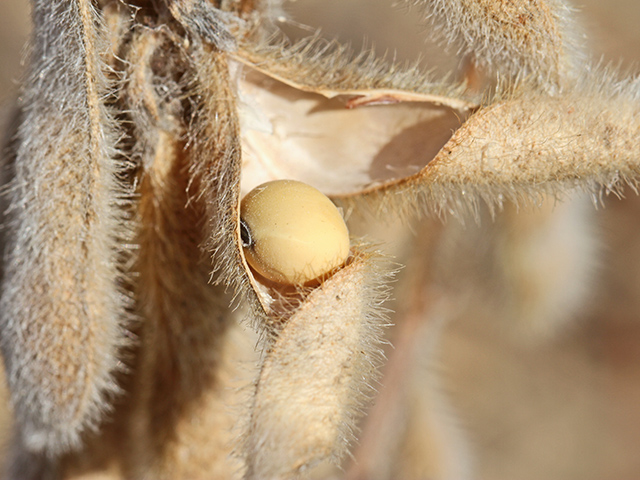Croplink
Science Behind Shattering
Those soybeans that pop from the pod too soon are well-named. Enough premature shedding can be shattering to final yields. Kansas State University crop scientists estimate that four dropped seeds per square foot of soil surface translates to a loss of 1 bushel per acre.
Plant breeders often screen and assign shatter ratings when evaluating varieties, notes Tony Lenz, Stine Seed Co. agronomist. But, he says the ratings are typically determined by a visual score rather than a genetic screen.
P[L1] D[0x0] M[300x250] OOP[F] ADUNIT[] T[]
"Since shattering results in yield loss, varieties especially prone to shattering typically don't make the lineup," he says. "Environmental conditions are really the big factor in shatter loss."
The soybean pod is held together by a tough seam called the pod "suture." It can withstand normal wetting and drying. However, the more wetting and drying cycles the pod goes through, the weaker the suture becomes as beans swell and push the seam.
Lenz adds that this year, some regions have experienced extremely dry conditions, which can also increase shattering risk. "Harvesting around 13% moisture is the best defense," he adds.
> Follow the latest from Pamela Smith, Crops Technology Editor, by visiting the Production Blogs at dtnpf.com or following her on Twitter @PamSmithDTN.
[PF_1120]
(c) Copyright 2020 DTN, LLC. All rights reserved.




